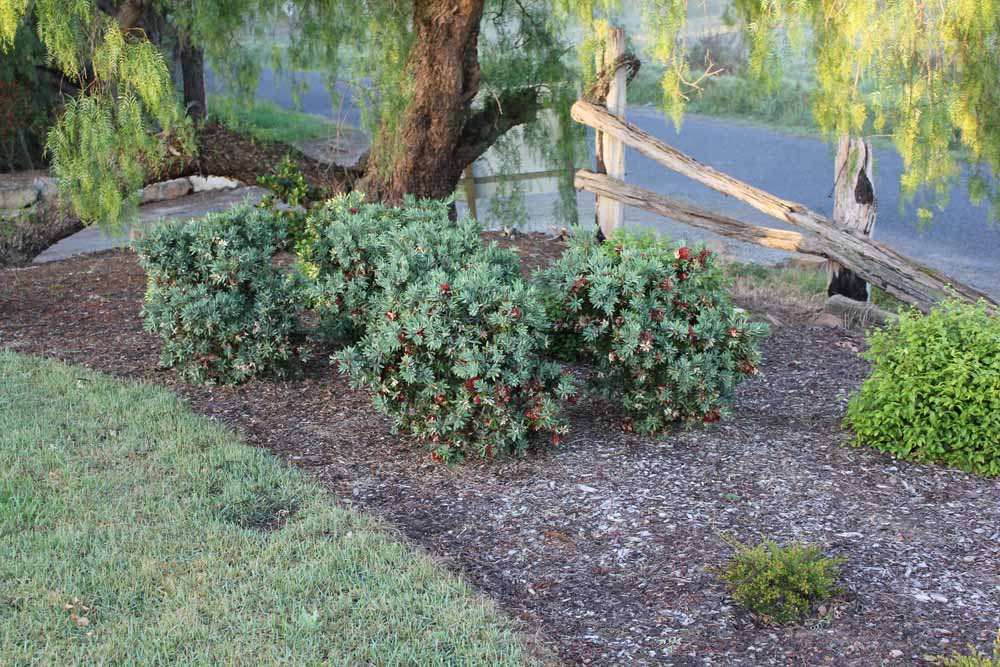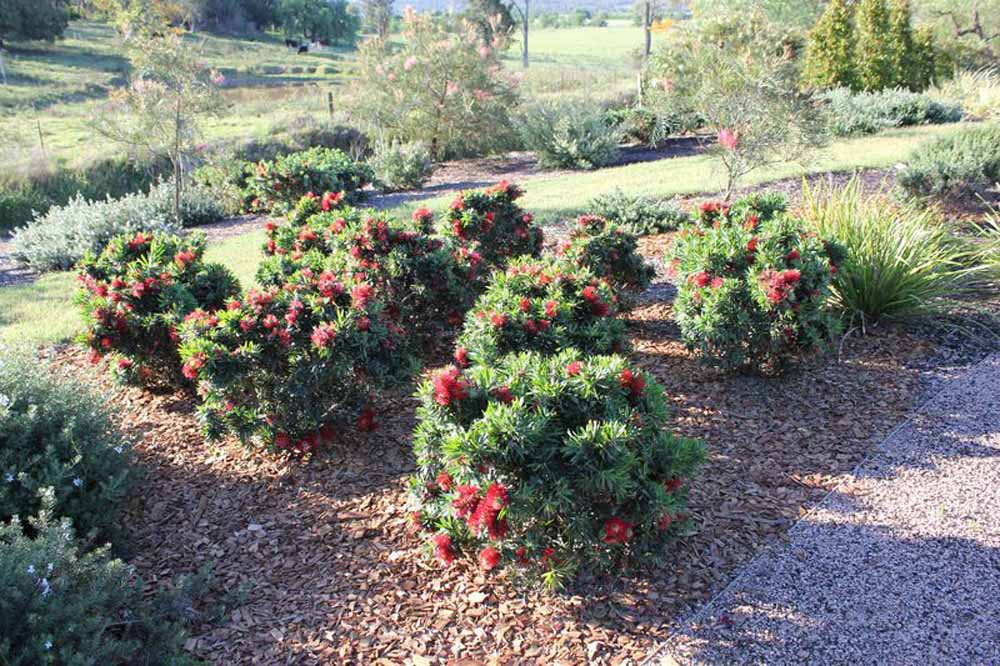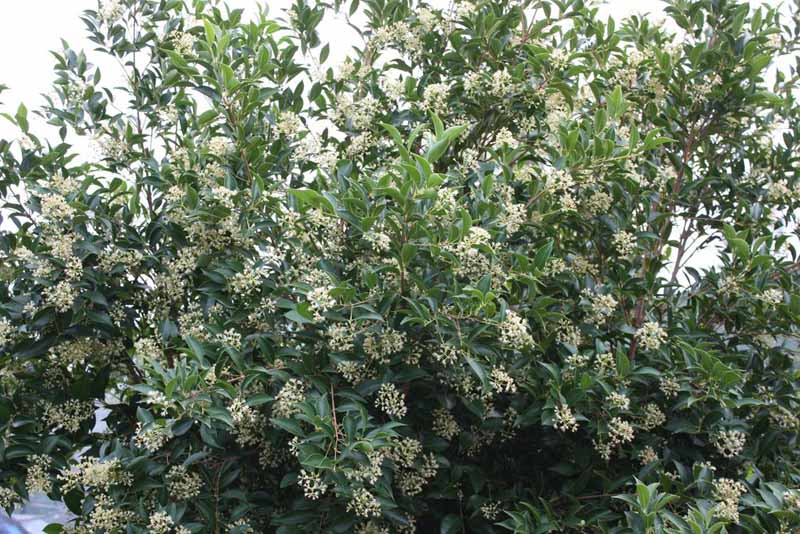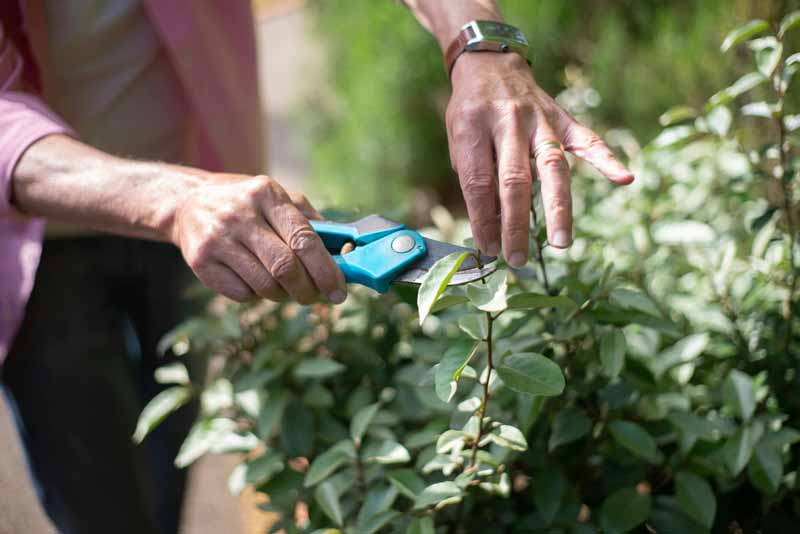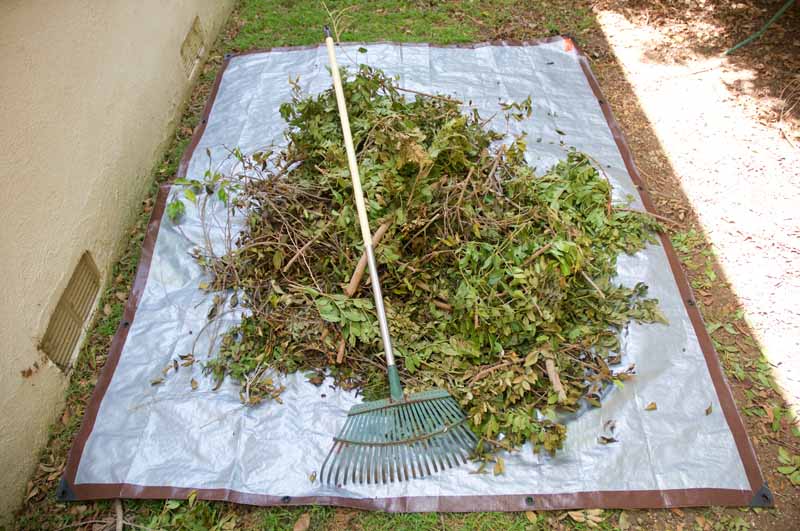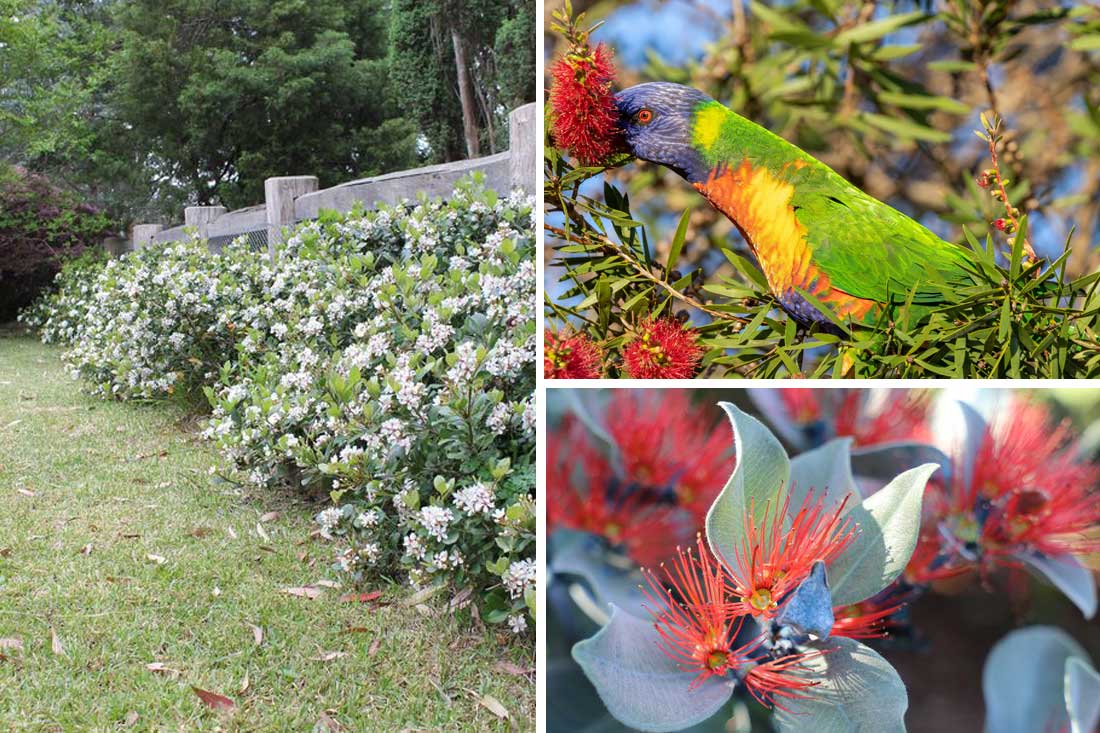While the Little John Callistemon, with its fiery blooms and compact growth, is a favoured choice amongst landscape architects and council decision-makers, it’s prudent to explore alternatives to this popular cultivar.
This article explores two callistemon alternatives, and three native alternatives belonging to different plant families.
There’s absolutely nothing wrong with Callistemon Little John. But what else is out there?
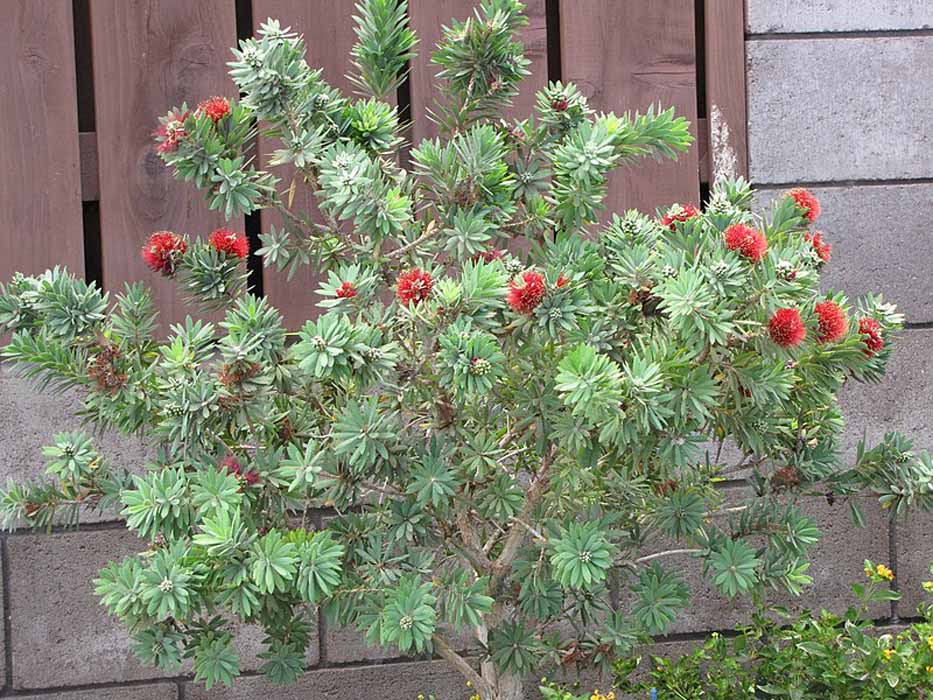
Why Do We Love Bottlebrush Plants
Callistemon, commonly known as bottlebrush, is a genus encompassing shrubs and trees known for their distinctive brush-like flowers, mostly native to Australia. These plants offer year-round interest with their vibrant flowers and plush evergreen foliage, making them garden favourites not just for their beauty but also for their resilience and wildlife-attracting qualities.
They’re hardy, often drought-resistant, and provide vital food sources for pollinators such as birds and bees. Their ability to form dense hedges quickly makes them excellent choices for privacy screens and borders, while their varied sizes and forms allow for versatile use in diverse landscape designs.
Little John Callistemon has become a crowd favourite because of its compact growth habit. It works well where you need visibility, such as centre median strips and around kindergartens. You can leave them alone for years without needing to prune them, and they’re pretty tough compared with other options on the market.
Why Choose Alternatives to Little John?
Despite their popularity, there are valid reasons for seeking different cultivars. Diverse growth habits, foliage textures, and flowering times can inspire a unique and tailored garden aesthetic.
There are also options on the market that tick all the same boxes that Little John Callistemon ticks, but add more benefits. As time moves on, better varieties are being bred all the time, so it’s good that you’re seeking out those new varieties by consuming content like this article.
Low-Growing Bottlebrush Hedges
Better John™ Callistemon viminalis ‘LJ1’ PBR
The Better John™ presents itself as an admirable successor to Little John, offering a similar growth habit with its arching branches and soft, pendulous foliage. The leaves exude a refreshing lemon scent when crushed, and its bright red flowers emerge in spring and autumn.
The difference is that this variety is easier to grow, quicker to establish, and has better foliage colour.
Introducing the aptly named Better John Callistemon.
Green John™ Callistemon viminalis ‘LJ23’ PBR
This cultivar is denser and faster-growing than Little John Callistemon. Its light green foliage contrasts well with Better John Callistemon in mixed planting. This one is also faster and easier to grow than Little John Callistemon.
It’s also highly myrtle rust resistant, which is one of the most devastating plant diseases in tropical parts of the country.
Look at that beautiful colour!
Non-Callistemon Alternatives
Grey Box™ Westringia fruticosa ‘WES04’ PBR
Grey Box™ Westringia provides an excellent alternative to the Little John Callistemon due to its robust nature and compact form, akin to a native take on the traditional English Box. With its silvery-grey foliage and modest white blossoms appearing from September to May, it lends a soft yet structured element to the garden.
Have you ever seen a westringia that can literally sit in water?
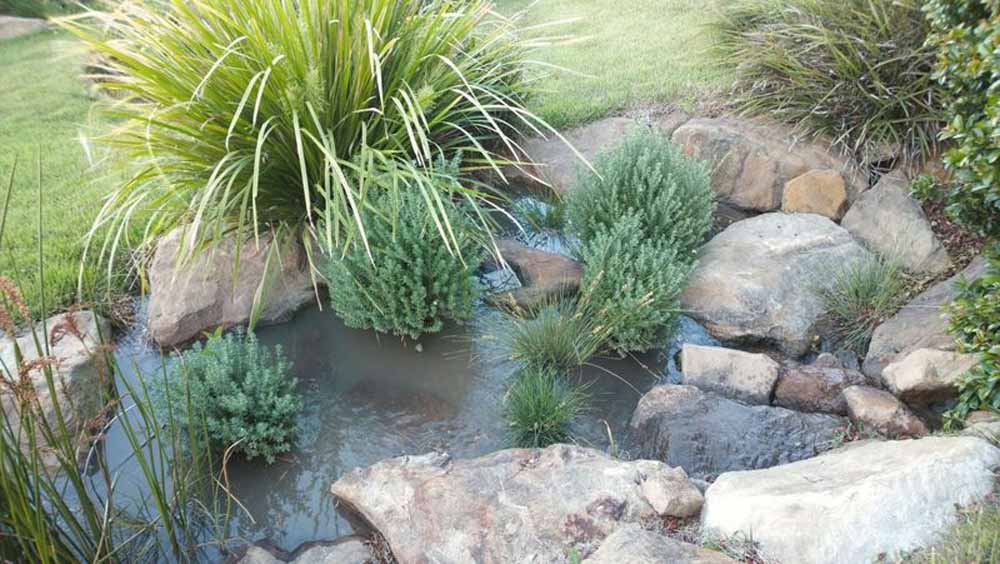
To cultivate Grey Box™ Westringia successfully:
- Plant in full sun to light shade positions.
- It’s adaptable to most soil types and can tolerate both flooding and drought once established.
- It’s frost-hardy and also does well in warmer parts of the country.
- Maintain with minimal watering and prune sparingly for a tidy hedge or allow it to grow naturally for a more relaxed appearance.
Crimson Villea™ Grevillea rosmarinifolia ‘H16’ PBR
The Crimson Villea™ offers vibrant red flowers that can evoke the spirit of bottlebrush blooms while bringing a different textural contrast with its fern-like foliage. Its nectar-rich flowers attract an array of wildlife in autumn, winter and early spring, while callistemons aren’t in flower until early-to-late spring.
This cultivar is able to tolerate frosts down to -5°C and mild humidity.
This hedge flowers in winter!
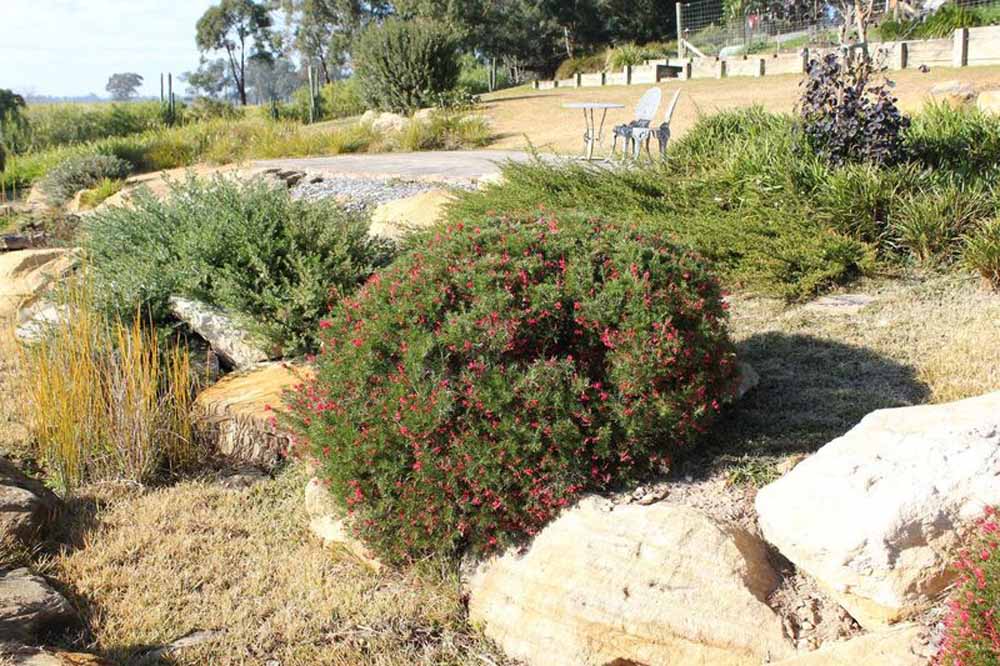
For optimal growth of Crimson Villea™:
- Provide a sunny spot but with protection from the hottest afternoon sun.
- Well-drained soil is important, as grevilleas don’t like wet feet.
- Mulch well with chunky mulch, but keep mulch clear of the stem to prevent collar rot.
- Consider low-phosphorus fertilisers designed for native plants if needed.
Coastal Pink™ Correa alba ‘COR10’ PBR
Coastal Pink™ Correa stands out with its charming pink star-shaped flowers and tolerance to coastal conditions. Its resilience and manageable size make it an attractive choice for positions requiring a hardy yet ornamental low-growing hedge.
It prefers reasonably drained soil, but is adaptable to most soil types, and will flower from autumn through spring.
This correa is an ideal Little John substitute.
To ensure the best results with Coastal Pink™ Correa:
- This plant thrives in coastal environments, tolerating sea spray and wind.
- It can adapt to various soil types, provided they are well-draining.
- Minimal watering is required once established, making it a low-maintenance option.
- Prune after flowering to maintain desired shape and density.
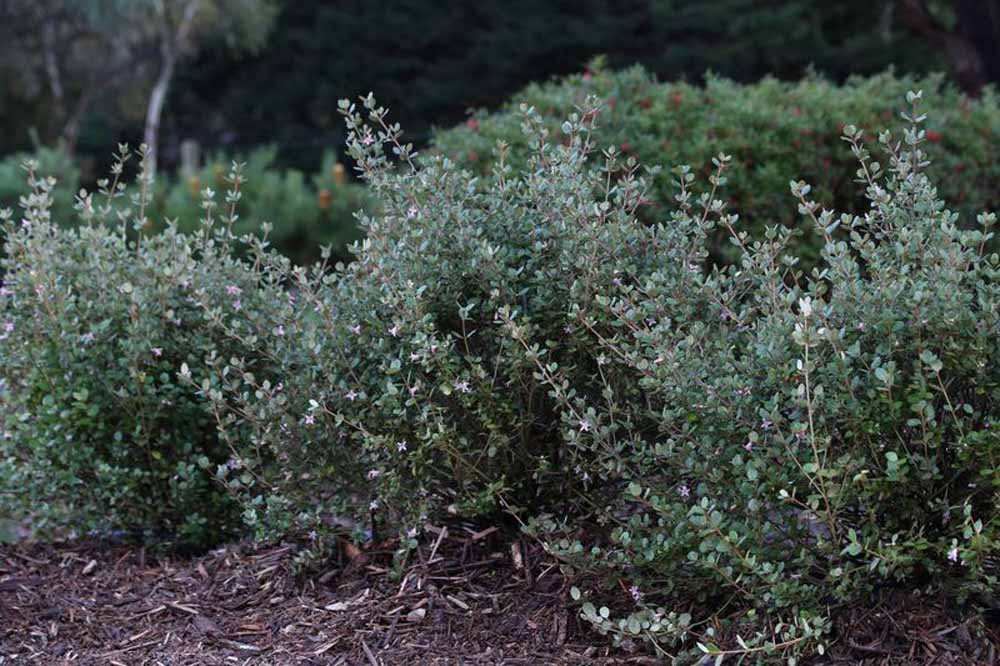
Design Ideas for Low-Growing Bottlebrush Hedges
Creative Ways to Incorporate Bottlebrush into Your Landscape
Bottlebrush plants can be effortlessly integrated into a range of garden styles. When combined with native grasses and groundcovers, they create a textured and layered effect, enhancing the biodiversity of the space. For a more formal look, pair neatly pruned bottlebrush hedges with structured pathways.
Pair compact hedges with a similar growth habit which flower at different times of the year to provide seasonal interest and a consistent resource for our native pollinators.
Conclusion
Throughout this article, we’ve highlighted alternatives to Little John Callistemon, each with its unique advantages and cultivation tips.
Whether you opt for one of the compact Callistemon alternatives, the silvery tones of Grey Box™ Westringia, the fiery blooms of Crimson Villea™ Grevillea, or the coastal resilience of Coastal Pink™ Correa, your designs can benefit from these varied choices.

